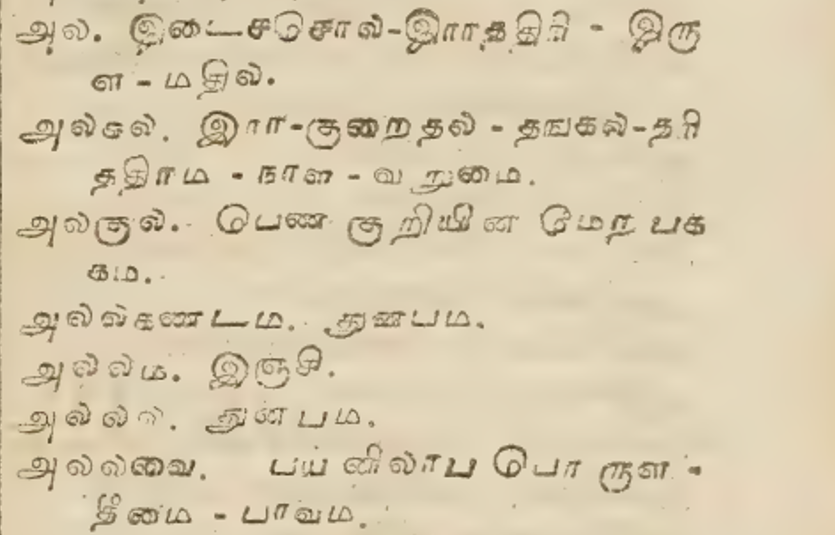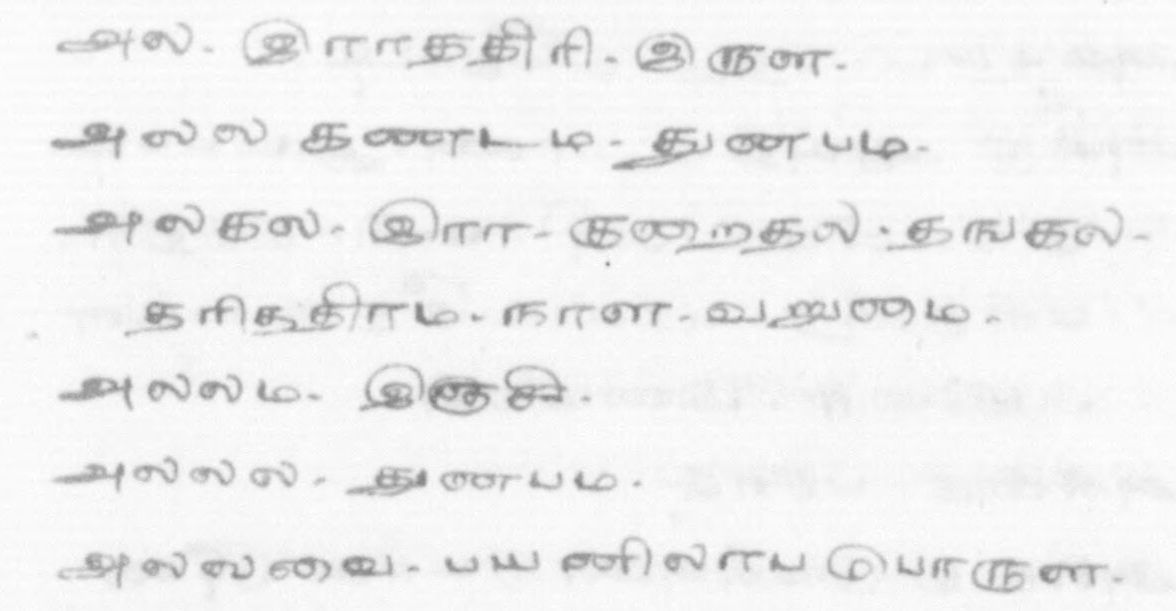How Beschi reworked traditional Tamil Nikaṇṭu-s in the 18th century and how Tamil scholars returned the favour to him by reworking his Caturakarāti.
Towards a faithful edition of Beschi's 1732 Caturakarāti
Dr. Jean-Luc Chevillard & Dr. Margherita Trento
Since the beginning of the TST project (ANR-DFG), Jean-Luc Chevillard and Margherita Trento have been engaged in an exploration of the Caturakarāti. This has already resulted in a joint article to be published soon in a volume which is one of the outcomes of the TST project. Put in a nutshell, some of the basic questions to be answered are:
- How did Beschi alphabetize the thematic content of Traditional Tamil Nikaṇṭu-s when creating his Caturakarāti?
- How did Beschi manage to make his Peyar-akarāti bigger than his Poruḷ-akarāti, when the proportion was inverse in the original material?
- What is the exact extent to which 19th century Tamil scholars reworked the content which was found in Beschi’s 1732 manuscript, preserved in the Bibliothèque nationale de France in Paris, and also in a few other copies?



